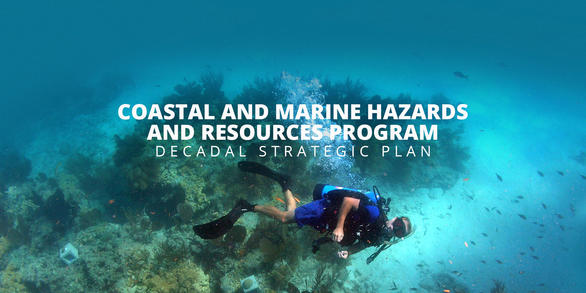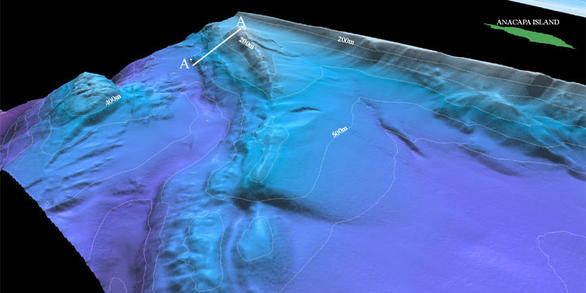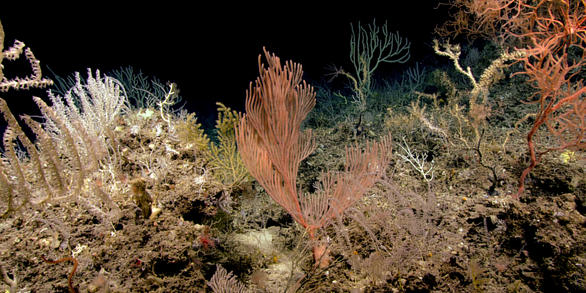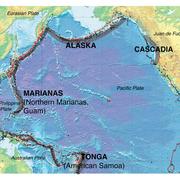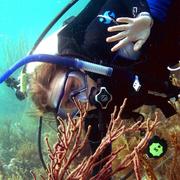Coastal and Marine Hazards and Resources Program
Home
Coastal and Marine Hazards and Resources Program scientists and staff study coastal and ocean resources and processes from shorelines and estuaries to the continental shelf and deep sea. Visit our Science Center web sites: Santa Cruz, California; St. Petersburg, Florida; and Woods Hole, Massachusetts.
News
Natural Hazards Newsletter - Inaugural Issue - Vol. 1 | Issue 2021-Winter
We introduce the USGS Natural Hazards newsletter. In this issue: A new geonarrative about the 2019 Ridgecrest earthquake, Potential landslide in Alaska, Subduction Zone Science, Post-wildfire debris flow assessments, new @USGS_Quakes Twitter account, Mapping faults in Puerto Rico, Coastal Change Top Story, Photo Round Up and more!
SPCMSC Research Oceanographer wins Project-of-the-Year for Munitions Response from the Strategic Environmental Research and Development Program
SPCMSC Research Oceanographer Meg Palmsten was awarded the project-of-the-year for Munitions Response from the Strategic Environmental Research and Development Program (SERDP) at the 2020 SERDP Symposium, held virtually on November 30, 2020.
Sound Waves Newsletter - October-November 2020
We learn about mapping the Alaska coastline, meet some of our women scientists, and learn how we are connecting with students in a virtual world in this October-November 2020 issue of Sound Waves.
Publications
Increasing threat of coastal groundwater hazards from sea-level rise in California
Projected sea-level rise will raise coastal water tables, resulting in groundwater hazards that threaten shallow infrastructure and coastal ecosystem resilience. Here we model a range of sea-level rise scenarios to assess the responses of water tables across the diverse topography and climates of the California coast. With 1 m of sea-level rise,...
Befus, K.M.; Barnard, Patrick L.; Hoover, Daniel J.; Finzi Hart, Juliette; Voss, Clifford I.Distribution of earthquakes on a branching fault system using integer programming and greedy sequential methods
A new global optimization method is used to determine the distribution of earthquakes on a complex, connected fault system. The method, integer programming, has been advanced in the field of operations research, but has not been widely applied to geophysical problems until recently. In this application, we determine the optimal distribution of...
Geist, Eric L.; Parsons, Thomas E.The predictive skills of elastic Coulomb rate-and-state aftershock forecasts during the 2019 Ridgecrest, California, earthquake sequence
Operational earthquake forecasting protocols commonly use statistical models for their recognized ease of implementation and robustness in describing the short-term spatiotemporal patterns of triggered seismicity. However, recent advances on physics-based aftershock forecasting reveal comparable performance to the standard statistical counterparts...
Mancini, Simone; Segou, Margarita; Werner, Maximillian J; Parsons, Thomas E.

